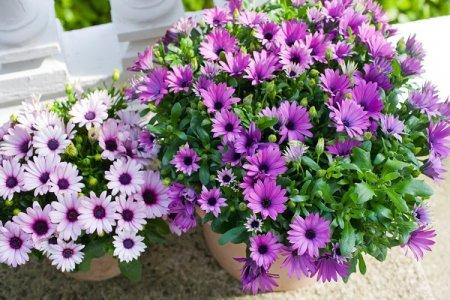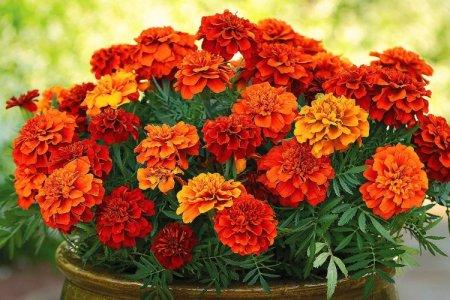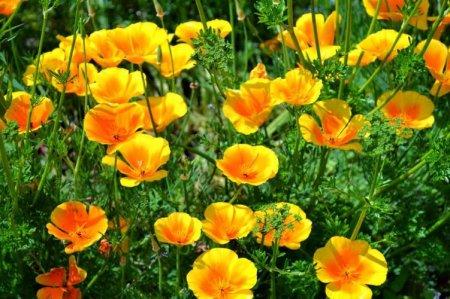
Snowdrops can hardly be called the most luxurious flowers in the world. They are small and rather modest, but they easily became everyone's favorites. And all because after winter there is an especially acute lack of beauty around. We will tell you how to plant snowdrops on your site and how to care for them!
general information
Another official name for snowdrops is galanthus. It is a herbaceous perennial that blooms in early spring before the snow melts completely. In many regions, wild snowdrops are listed in the Red Book, but this does not prevent the cultivation of ornamental varieties in the garden.
Snowdrop life is short, but its duration depends on climate and weather. The bulbs are very small, up to 4 cm, and are completely composed of scales, in the axils of which new babies grow. White drooping bell flowers appear simultaneously with shiny smooth leaves. After flowering, the arrow gradually becomes hollow and dies off.

Types of snowdrops
There are about 20 officially registered species of snowdrops. But the line between them is very thin, and biologists are still arguing about where is a separate species, and where are hybrids and subcategories. For a garden, such galanthuses will suit you!
Snow white snowdrop
One of the most popular varieties among breeders, therefore there are about 50 garden forms. Among them are simple and terry, with a yellow or green center, and in general for every taste.

Alpine snowdrop
It has rather large and distinctly elongated bulbs up to 3.5 cm in length. The leaves are dark, wide, with a distinct bluish bloom, and the peduncles grow up to 9 cm.

Cilician snowdrop
It can be recognized by its linear and even matte sheet plates. And also - on record long peduncles up to 18 cm in height.

Folded snowdrop
It is rightfully considered the largest among all species, because the height of the stems can reach 25 mm. Flowers of the appropriate size - up to 4 cm. There is even a variety with double flowers.

Caucasian snowdrop
A relatively tall variety with peduncles up to 10 cm and flowers up to 2.5 cm. White petals may have greenish spots. The leaves are very small and thin.

Snowdrop Elvis
The leaves of this species are cast in a bluish color. And the buds are not so elongated and more like a small ball. There are varieties with textured wavy leaves.

Snowdrop Bortkiewicz
The arrows of this snowdrop grow up to only 6 cm. The lanceolate leaves are cast in a silvery color. The size of the bulbs sometimes reaches 4 cm.

Broadleaf snowdrop
A good option for cold northern regions. It is very graceful, with beautiful glossy leaves and delicate snow-white bells.

Snowdrop care
After planting, snowdrops require virtually no maintenance. Periodic feeding is enough for them, but otherwise they are quite satisfied with natural conditions.
Temperature
It is clear that early primroses are not afraid of frost. Moreover, the lower the temperature, the longer the snowdrops will bloom. But too warm winter is dangerous for them, because the plant can grow ahead of time, and then die.

Lighting
Snowdrops prefer sunny areas, but they do well in the shade of trees. It is not for nothing that in nature many species hide in the depths of the forest.

Watering
Snowdrops do not need additional watering at all. They have enough melted snow and the moisture that has accumulated in the ground. There is a need for weak additional watering only if a dry spring has come after a snowless winter.

The soil
The soil for snowdrops needs moist, but always loose, otherwise it is fraught with fungus and rotting of the bulbs. Ensure good drainage before planting.

Fertilizers and feeding
Snowdrops need to be fed regularly, but avoid fertilizers that are high in nitrogen. This leads to a deterioration in flowering and a risk of fungal diseases. Use mixtures based on potassium and phosphorus.

Wintering
When the leaves and shoots die off on their own, they can be removed from the site. Before that, they cannot be pruned, because the bulbs will not be able to accumulate resources for the next year. Freshly planted autumn bulbs for the winter are covered with peat or humus.

Transfer
Snowdrops grow actively every year, so they gradually deplete the soil. Therefore, it is recommended to replant them at least once every 5 years. But at other times, the bulbs can be dug up, divided and planted as needed.

Planting and breeding
It is recommended to plant snowdrop bulbs in open ground in late summer or early autumn, and later in warm regions. It is advisable that the bulbs show no signs of growth because they can dry out. Planting material is stored in sawdust in a plastic bag.
The average planting depth is 5 cm, but there are nuances. For example, if you deepen the bulb more deeply, a new one will form on the peduncle during the growth process. And if you plant it closer to the surface, it will shrink, but children will actively grow.
A bush of snowdrops is propagated by division during transplantation while the leaves have not yet completely dried out. You can also germinate seeds and leave further development to chance. Such snowdrops will reproduce by self-seeding for a long time, but they will bloom only after 4 years.

Pest and disease control
Snowdrops rarely get sick, and most often it is a fungus due to high humidity and lack of heat. Mold, rust or rot - in any of these cases, remove the affected parts, treat the planting with fungicides and adjust the care, especially humidity.
If the leaves of the snowdrops turn yellow with no other visible symptoms, it is chlorosis. It is provoked by damage to the bulb, improper site selection, lack of nutrition and poor drainage. But chaotic spots, bumps and strange deformations are sure signs of a virus. We advise you to destroy diseased plants and just plant a new batch.
Early snowdrops are less likely to be affected by insects. But their bulbs are loved by moles and mice. But there is a plus: a not very damaged bulb can be carefully trimmed, disinfected and dried - and it will grow further.
In the fall, in the same bulbs, you can find larvae and caterpillars that are preparing for wintering. Therefore, they should always be carefully inspected and handled before storage. A layer of sand around and special preparations helps from slugs.
But it is almost impossible to get rid of small bulbous nematodes. Affected bulbs need to be destroyed, the rest should be soaked for a couple of hours in hot water, and in their place, any bulbous plants should not be grown for several more years.

Snowdrops - photo
Snowdrops in early spring are an endless source of positive and pleasant emotions after a cold gray winter. Just look how adorable they are!




























